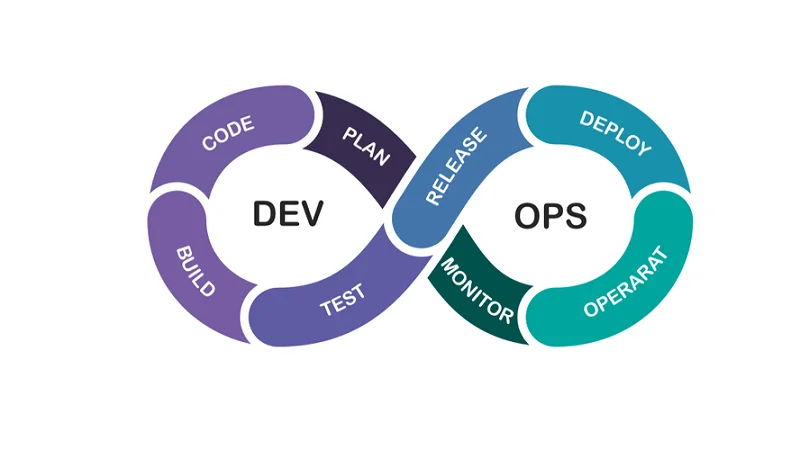The efficient integration of the quality danger management process into the quality systems of an industry helps in concluding practical selections at instances. Unacceptable risks to product quality and affected person safety should be decreased to a suitable degree or eradicated, as much as possible, prior to quality risks process validation. Risk administration actions ought to be carried out by subject material experts and key stakeholders at appropriate stages of a product’s lifecycle.
A Information To High Quality Risk Administration
Quality risk management is a systematic course of involving analysis, control, prevention and evaluate of risk to the standard of the drug product across the product life cycle. A circulate chart which describes the steps concerned in the high quality threat management course of is outlined below (Figure 1). Risk management principles are necessary steerage for many industries, particularly pharmaceutical firms ai networking, to reinforce the application of efficient Quality Risk Management by industries and regulators. Quality danger management (QRM) is an overall and systematic means of minimising dangers to product high quality all through its life cycle to optimise its benefit and balance the risk2. Risk is defined as the combination of the likelihood of occurrence of hurt and the severity of that harm1. Quality assurance actions contribute to danger discount by establishing and sustaining excessive standards, whereas danger management ensures that potential vulnerabilities are identified and addressed comprehensively.
Extra Articles On High Quality Management
The objective of root trigger evaluation is to stop recurrence of problems by addressing their underlying causes, not simply the signs. It allows for more efficient use of assets and improves process understanding. The key’s to ensure that the right information reaches the proper people at the proper time. The communication course of should be a two-way street, allowing suggestions from all stakeholders. In addition to conferences and stories, data management systems or collaboration platforms could possibly be used to facilitate communication. The organization’s manufacturing engineers identified a potential threat in their manufacturing process.
The Basics Of Quality Danger Administration (qrm)
Each pharmaceutical business defines the obligations and the processes for making ready, approving, maintaining, and archiving GMP-related documents and information. This involves weighting of the risk against parameter like severity, chance and detectability relevant to the incident. This acceptable stage will rely upon many parameters, which ought to be selected a case-by-case basis and managed through mitigation tasks. Please remember that implementing threat reduction measures may introduce new dangers into the system or enhance the significance of other current dangers. You can even avoid or accept danger when the danger profile is low or under a suitable level.

The connection between high quality assurance (QA) and danger management is increasingly important. Quality assurance lays the inspiration for enterprise continuity and good user experiences, however with the quick adjustments in expertise, this is not enough by itself. There’s a rising need for a strong danger management technique that actively addresses potential points as they arise.
In this text, you’ll learn how to conduct a high quality threat evaluation and develop a mitigation plan utilizing a systematic and structured approach. In the dynamic and highly regulated world of biopharmaceutical manufacturing, sustaining and ensuring quality is a critical success factor. An effective high quality risk administration (QRM) system is a key part in the general quality administration infrastructure of biopharmaceutical organizations.
But the chance assessment must be breakdown into three extra components to make it work. The high quality administration system ensures that pharmaceutical merchandise meet regulatory requirements and customer expectations persistently. Quality threat analytics helps minimize your testing effort by recommending a set of checks to run on high-risk areas that will have hidden defects. It additionally helps increase your certainty in regards to the high quality of utility modules with high quality threat scores. Risk and quality are carefully related as a result of managing risks helps guarantee the quality of products or services. Identifying and controlling potential dangers prevents issues that might negatively have an effect on high quality.
Conversely, danger administration informs the priorities and focus areas of high quality assurance efforts. For example, if a acknowledged market danger exists, quality assurance processes may be adjusted to ensure that merchandise meet specific market-related criteria. Pharmaceutical companies use a various range of quality danger evaluation instruments and strategies. Methods embrace danger ranking and filtering, failure mode & effect evaluation (FMEA), and hazard evaluation critical management level (HACCP). According to ICH Q9, the standard danger administration framework involves danger evaluation, which includes steps like risk identification, analysis, and evaluation.
The case also highlighted the need for continuous monitoring and enchancment in threat management practices. Quality risk administration in pharmaceutical is a scientific process for assessing, controlling, speaking and reviewing risks to the quality of the drug product throughout the product lifecycle. Quality danger management is the one proven approach to establish these dangers early and control them effectively in order that the potential influence on product quality would be minimal.

In any industry, there are always dangers that can have an effect on the standard of services or products. These dangers may come from different sources, similar to human error, machinery failure, or environmental elements. Quality Risk Management (QRM) is the method of figuring out, assessing, and controlling these dangers to make certain that merchandise meet the required standards. This article explores quality risk management – its core rules, course of, and aims.
ICH Q9 isn’t necessary by itself, but it’s broadly adopted by regulatory authorities. Following ICH Q9 guidelines helps organizations comply with regulatory necessities and industry finest practices. FTA is used to establish the basis causes of system failures by creating a fault tree diagram.
In its broadest definition, threat is any impact from any cause that can lead your group to deviate from expectations. Effective worker training and alter administration methods are crucial for successful implementation. Effective communication and documentation are important elements of the QRM process. QRM bases itself on scientifically-led, customer-protecting assessment logic steered in careful steadiness with formalized efforts matching recognized priorities.
To really understand systemic ‘quality’, we have to perceive the enterprise system of the organisation. Quality envelops the complete production, distribution and provide chain from incoming materials to shopper to revamp and innovation of services. When thought of this fashion, nearly every thing we do in high quality is related to danger management in one way or one other. You are about to perform a danger evaluation to classify whether the incident is important, main, or minor.
- Nonetheless, both simple threat evaluation instruments are important for informing more advanced QRM tools and constructing an effective high quality administration system (QMS).
- Once recognized, these root causes must be addressed within the danger management measures.
- Risk assessments should be periodically reviewed and up to date, especially when new information turns into available.
The danger was associated to variability in the cell culture phase, which could probably lead to inconsistencies in the ultimate product’s efficacy and security. Quality danger administration has turn out to be an integral part of the pharmaceutical industry’s high quality assurance and management system. Oftentimes, deviations that occur during the dealing with, manufacturing, testing or distribution of materials/products have little or no impact on product quality or registration filing. The use of quality threat management and the methodology to be used must be documented in the related validation plan or change management procedure. It is a systematic and structured approach that involves a team of specialists analyzing a process or system intimately to determine potential deviations from the intended design or operation. This device can consider potential failure modes for processes and the probably effects on outcomes and product performance.
The high quality risk administration course of should additionally identify alternatives to improve processes. Quality risk administration is a systematic process for assessing, controlling, communicating, and reviewing risks to the quality of the drug product across the product lifecycle. The quality risk rating is calculated automatically every few hours primarily based on the information proven in the middle pane, similar to your software modules’ code adjustments and check coverage. Besides the beneath danger factors, the applying module’s enterprise influence is also thought-about as a part of the module’s quality risk rating. HAZOP is used to establish and evaluate potential hazards and operability problems in processes. It includes a structured and systematic examination of a course of design to establish deviations from normal operation and their causes.
Transform Your Business With AI Software Development Solutions https://www.globalcloudteam.com/ — be successful, be the first!
